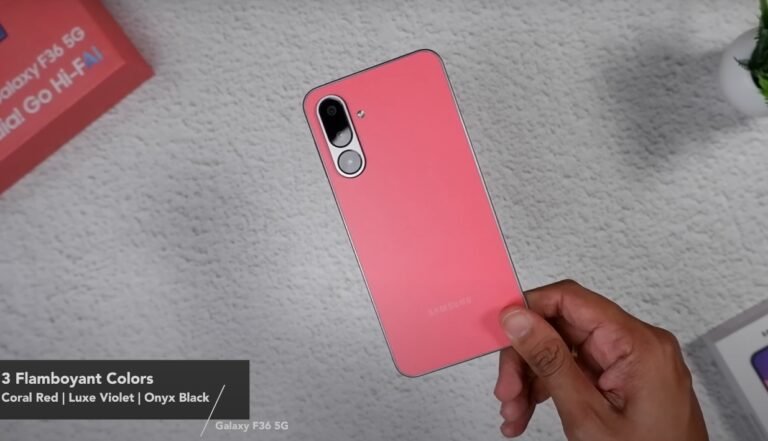OPPO Find X9 Pro camera lens quality test: how sharp is the 200 MP sensor?

Real-world sharpness and detail performance of OPPO’s flagship telephoto
The OPPO Find X9 Pro’s 200 MP telephoto sensor is one of its headline features, designed to deliver high levels of detail across multiple zoom ranges. In real-world testing, the sensor shows clear advantages over standard 50 MP and 64 MP telephoto lenses, especially when capturing distant subjects or cropping heavily. The sharpness of the lens becomes evident the moment you zoom in or examine images on a larger display.
In good lighting, the 200 MP module performs exceptionally well. Daylight shots show crisp edges, well-defined textures and strong clarity that holds up even after cropping. Small objects such as distant signs, architectural details or text remain readable without breaking apart into noise. At medium zoom levels, the quality remains strong, offering a noticeable improvement over previous-generation telephoto systems.
The sensor also stands out at 3× and 6× zoom ranges where the optics and resolution combine effectively. The camera maintains sharpness and avoids the common softness seen in many competing telephoto lenses. Even handheld shots remain usable thanks to stabilisation, allowing users to capture meaningful detail without requiring a tripod. This adds real value for users who photograph landscapes, city scenes or wildlife.

As zoom levels increase further, the sensor begins to rely more heavily on digital processing. Up to around 10×, the results remain solid, with only minor softening visible in fine textures. Beyond this point, the limitations of smartphone optics become clearer, and images gradually show more noise and less definition. While the 200 MP resolution helps preserve more detail than typical telephoto sensors, extreme zoom levels still display the expected trade-offs.
Consistency across lenses is another strength of the system. When switching between the main and telephoto cameras, the colour profile remains stable with minimal shifts in tone. This gives a more natural look to zoomed images and avoids the mismatched colour issues that some phones experience when switching lenses. It also helps maintain a uniform style across a sequence of photos.
Low-light performance demonstrates the sensor’s strengths and limits. The large resolution provides some flexibility when cropping, but as lighting reduces, noise and processing effects become more noticeable. The sensor still captures good detail up to moderate zoom even in dim environments, but at higher magnifications the clarity drops, and the results require more careful shooting. The lens remains usable at night, but the best sharpness is achieved in brighter conditions.
The 200 MP sensor also benefits users who prefer editing their photos. Cropping into a shot or adjusting framing after capture works better with this resolution, allowing more freedom in composition. Even when reducing image size for online sharing, the extra detail creates a cleaner and more professional final result. This makes the phone more suitable for travel photography and creative shooting styles.
For handheld use, stabilisation plays a crucial role. The Find X9 Pro’s system keeps zoomed shots steady and reduces motion blur effectively at normal zoom levels. The combination of high resolution and stable optics gives the phone an advantage when shooting without support, making it easier to capture fast-moving subjects or distant scenes confidently.
While the sensor does deliver impressive detail overall, exposure and processing can occasionally be inconsistent. Some shots may appear slightly brighter or softer depending on conditions. These variations are minor in most cases, but users seeking perfect control may prefer manual settings for critical photography. Despite this, the automatic mode still provides strong results in everyday use.
In summary, the OPPO Find X9 Pro’s 200 MP telephoto sensor offers sharp, detailed performance that stands above many competing smartphone cameras. It excels in daylight, holds strong at medium zoom and delivers flexible cropping options for creators. Although extreme zoom and low-light magnifications show natural limitations, the sensor remains one of the most capable telephoto systems currently available. For users who value clarity and zoom performance, it is a standout feature of the device.






